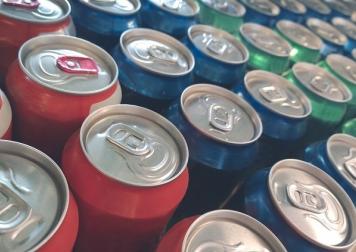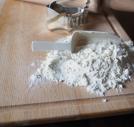Diabetes And Blood Sugar: Knowing When To Go To The Hospital
Keeping your blood sugar levels under control can be tough. There are so many factors that can affect blood sugar, like exercise, food, illness, exhaustion, and stress. Any of these can cause your careful control to go right out the window. So how do you know if your loss of control is an emergency?
HYPOGLYCEMIA
Hypoglycemia is the condition of having too little glucose in the blood, usually below 70 mg/dl. It can result from taking too much insulin, not eating, illness or exercise. Hypoglycemia sometimes called insulin shock or insulin reaction can cause serious physical and mental changes.
Symptoms and Risks
Physical changes include shakiness, sweating, chills and feeling clammy, increased heart rate, dizziness, blurred vision, headache, weakness or excessive fatigue, tingling and numbness in the lips or tongue, lack of coordination, nausea and, in worst cases, seizures and unconsciousness.
Mental changes include confusion and delirium, anger, stubbornness, and sadness. On occasion, someone who is suffering an episode of hypoglycemia might be mistaken for being extremely drunk.
All of the symptoms above are preliminary to passing out and/or entering a coma state if left untreated.
The danger in hypoglycemia is the risk of accidental injury, including crashing the car while driving, falling downstairs, and so forth. The other risk is the inability of the patient to respond to the symptoms they are experiencing, which results in taking no action to reverse the condition. While rare, severe hypoglycemia, left untreated, can result in death.
What To Do
If the diabetic is conscious and aware that he or she is in an emergency situation, he or she should immediately act by taking glucose, either in the form of a tablet, a gel or an injection of glucagon. If this is not available, a 4 oz. glass of orange juice or non-diet soda or an 8 oz. glass of milk should be consumed. Nothing solid, like cookies or candy, should be attempted because of the danger of choking.
After 15 minutes, the patient should re-check his or her blood sugar to be certain it has come up to at least 70 mg/dl. If it hasn’t, repeat the previous action.
In the event that none of these remedies are available, or that the person is unable to act on his or her own behalf, an ambulance should be called immediately. The responders should be made aware of the possibility of an insulin reaction.
Unreversed hypoglycemia is a medical emergency. The brain relies upon glucose to operate, and a reduced level of available glucose can lead to neuronal damage.
HYPERGLYCEMIA
Like hypoglycemia, hyperglycemia can be triggered by stress, illness, exercise, diet or exhaustion. It can also result from insufficient insulin in the blood cells, whether because of insufficient production, insufficient injections or because of insulin resistance by the cells.
Hyperglycemic emergency occurs when the patient develops either diabetic ketoacidosis (DKA) – more common in type 1 diabetics – or hyperosmolar hyperglycemic syndrome (HHS) – more common in, but not exclusive to, type 2 diabetics. Both are the result of insulin deficiency, which causes other hormones to be released to compensate. With not enough insulin to permit access of glucose to the cells in the bloodstream, the cells starve.
Symptoms
Symptoms of HHS (which may develop over a period of days or weeks) include thirst, increased urination, fatigue, increased weight loss and decreased skin elasticity. Blurred vision is also possible. There may also be altered mental status, including extreme lethargy and unconsciousness. Blood sugar readings are at least 600 mg/dl and may run as high as 1,000 mg/dl.
Early symptoms of DKA (which can develop within hours) include a blood glucose level of at least 250 mg/dl and are generally similar to those of HHS, with the addition of nausea and vomiting, some vague, localized abdominal pain and fruity-smelling breath. Urine may also contain high levels of ketones. As the situation progresses, breathing becomes deep and rapid, and the patient can lapse into unconsciousness.
What To Do
Both of these situations require immediate medical intervention, as successful treatment of each is complex. Contacting emergency services is an appropriate first step.
Sources: American Diabetes Association, Canadian Diabetes Association[SOURCE]
Photo: Pexels



































